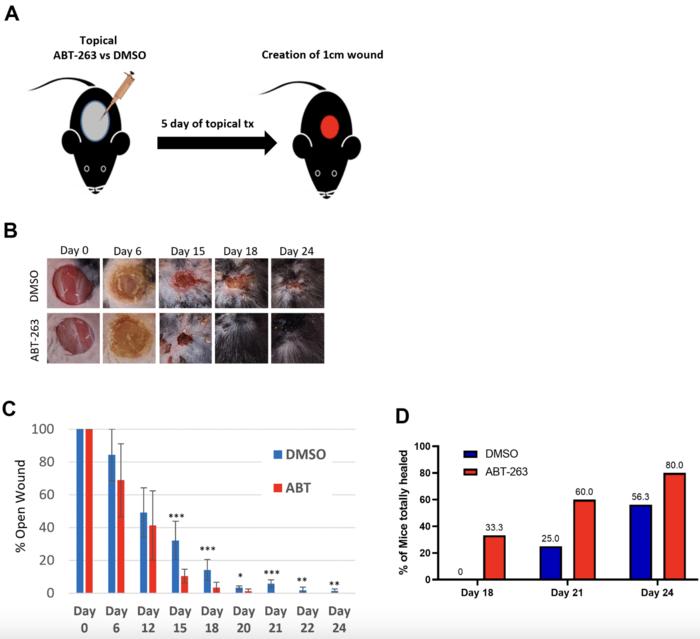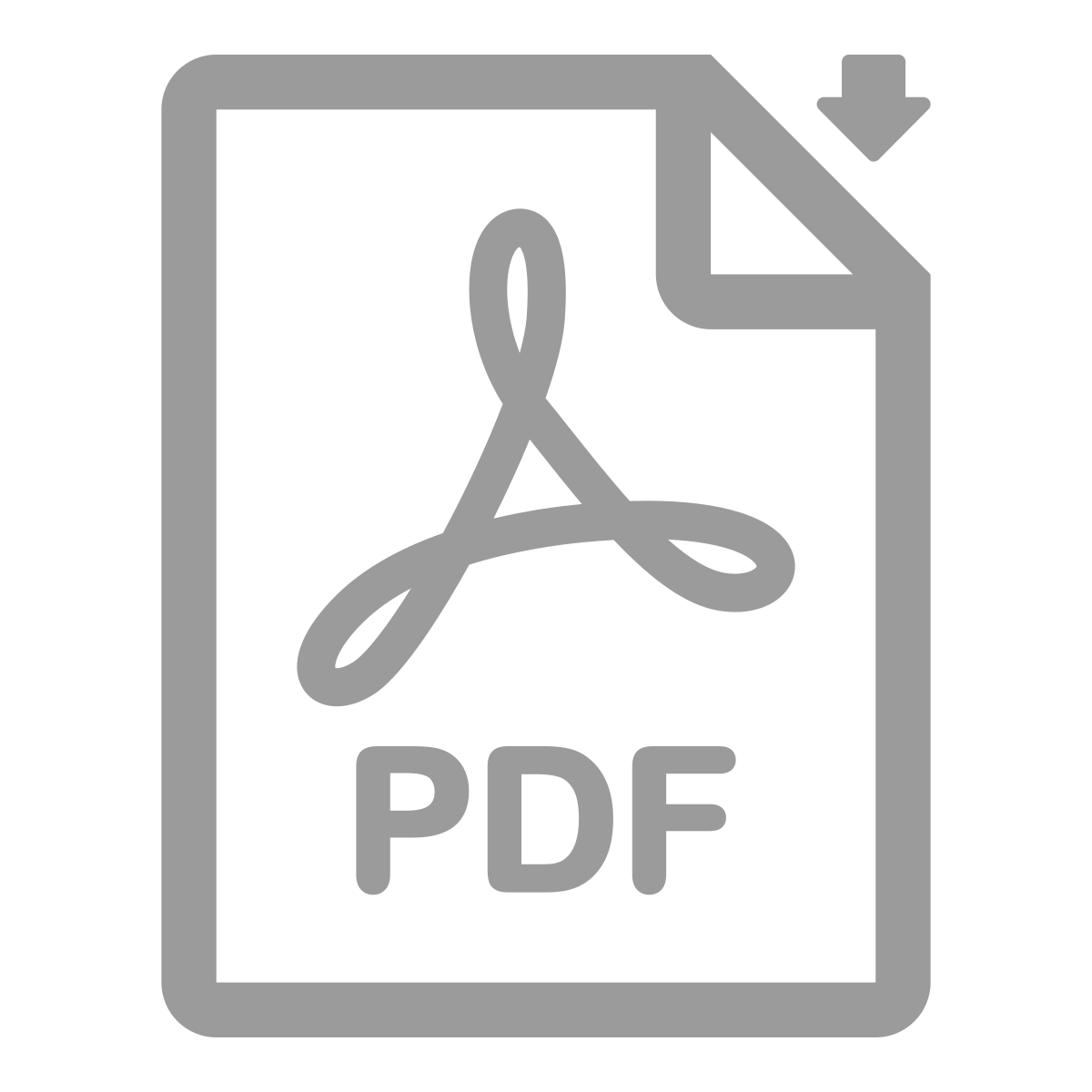Topical ABT-263 reduces several senescence markers in aged skin, priming the skin for improved subsequent wound healing, new research in mice suggests.
The study, which appears in Aging (Aging-US), found that when a drug called ABT-263 was applied directly to the skin of older mice, it helped clear out senescent cells and sped up the skin’s ability to heal after injury.
This finding could lead to new treatments for slow-healing wounds in older adults, especially for post-surgical recovery and chronic wound care.
For the study, researchers applied ABT-263 to the skin of aged mice for five days. The treated skin showed fewer signs of cellular aging, and when small wounds were created, they healed much faster compared to untreated mice. By day 24, 80% of the mice treated with ABT-263 had fully healed wounds, compared to just 56% of untreated mice.
ABT-263 triggered a brief spike of inflammation in the skin, which surprisingly helped the healing process. The inflammation seemed to “wake up” the skin’s repair systems, making them respond more quickly to wounds, the researchers speculate. Additionally, ABT-263 increased the activity of genes related to wound repair, such as those involved in collagen production and the growth of new blood vessels, both essential for skin strength and regeneration.
The study also found that ABT-263 selectively reduced senescent cells in aged mice without affecting young mice, suggesting the drug is particularly effective in older tissues where these damaged cells accumulate. Moreover, because ABT-263 was applied directly to the skin, it avoided the common side effects associated with oral senolytic drugs.
While the results are promising, more research is needed to confirm whether this treatment is safe and effective for humans, the study authors conclude.
PHOTO CAPTION: Figure 6. ABT-263 skin pre-treatment accelerates wound closure in aged mice. (A) Schematic of the experiment. (B) Representative wound photos after 5 days of ABT-263 vs DMSO treatment. ABT-263 (N=5-8 per timepoint) vs DMSO (N=5-8 per timepoint). (C) % wound contraction. (D) % of aged mice with completely healed wounds. t-test, *p<0.05, **p<0.01, ***p<0.001.
PHOTO CREDIT: Copyright: © 2024 Shvedova et al.


